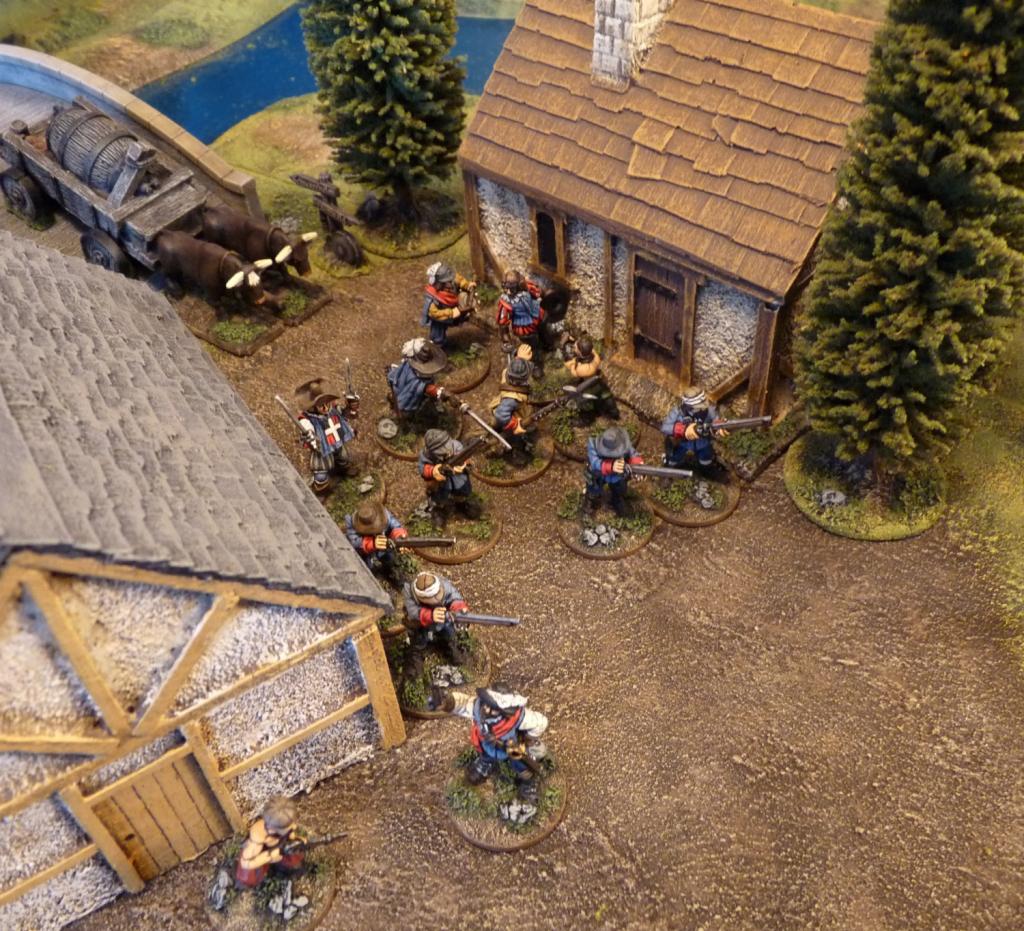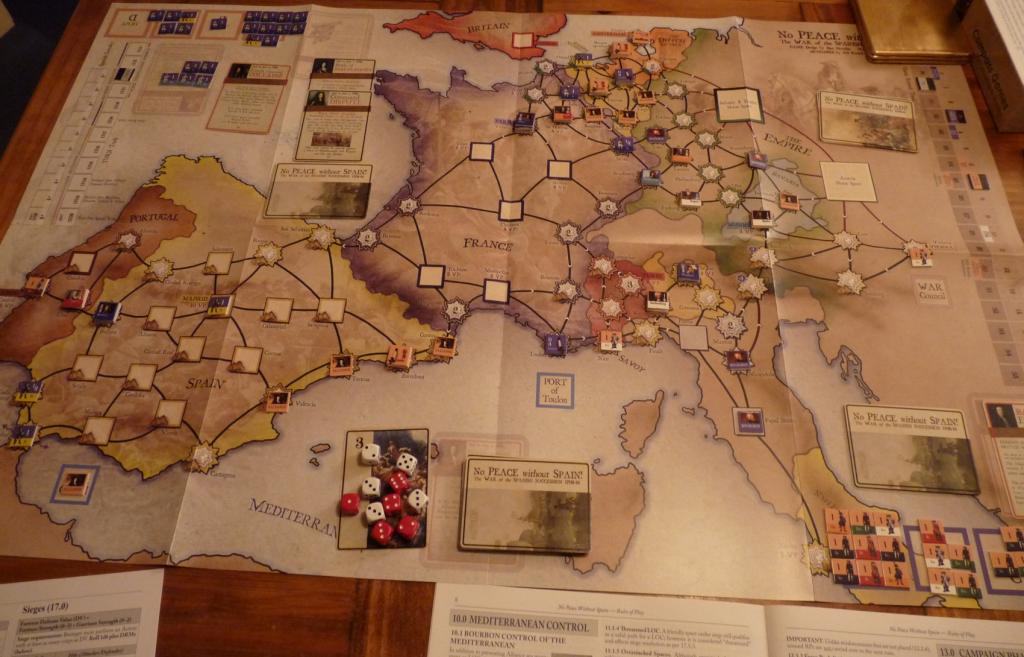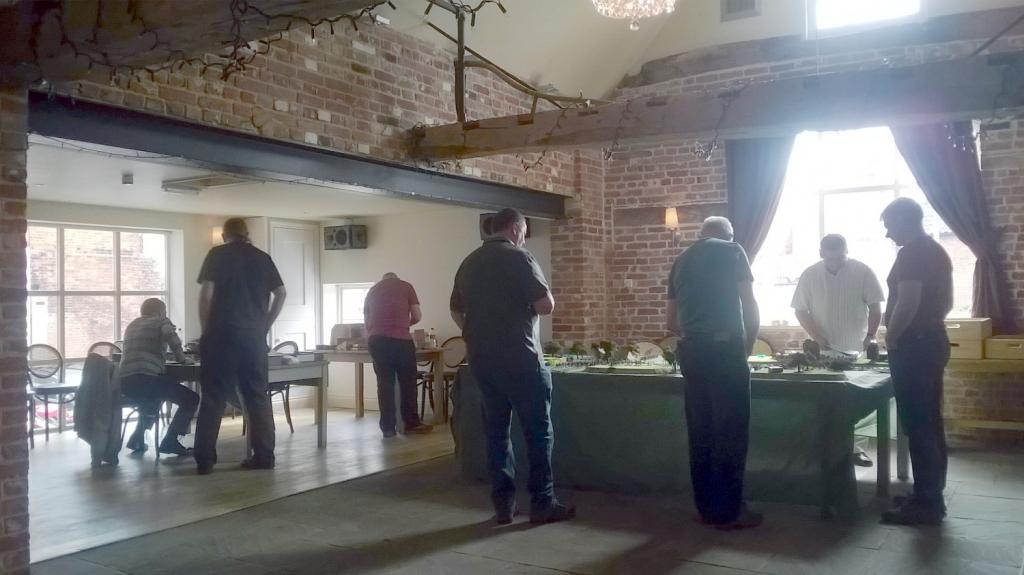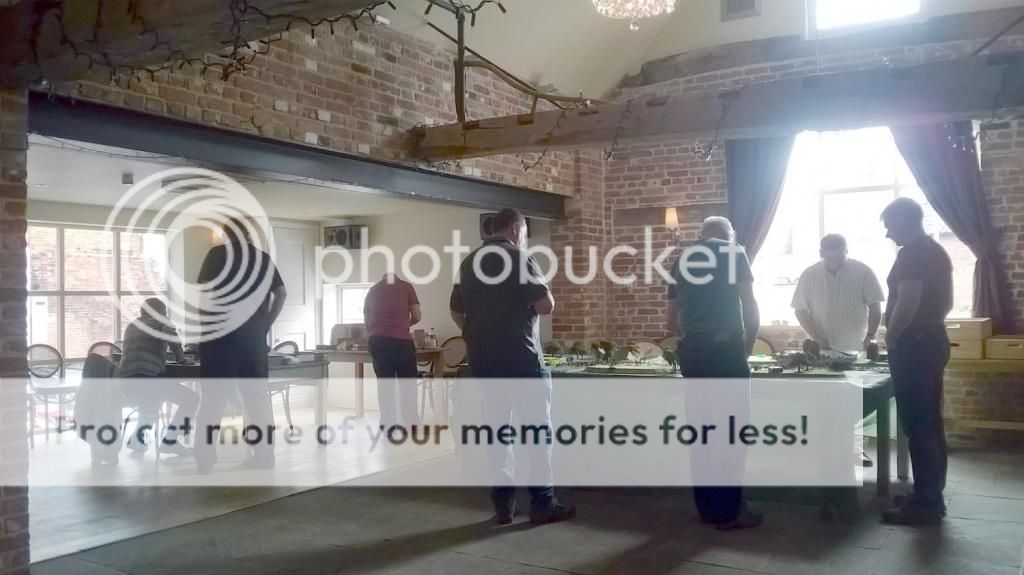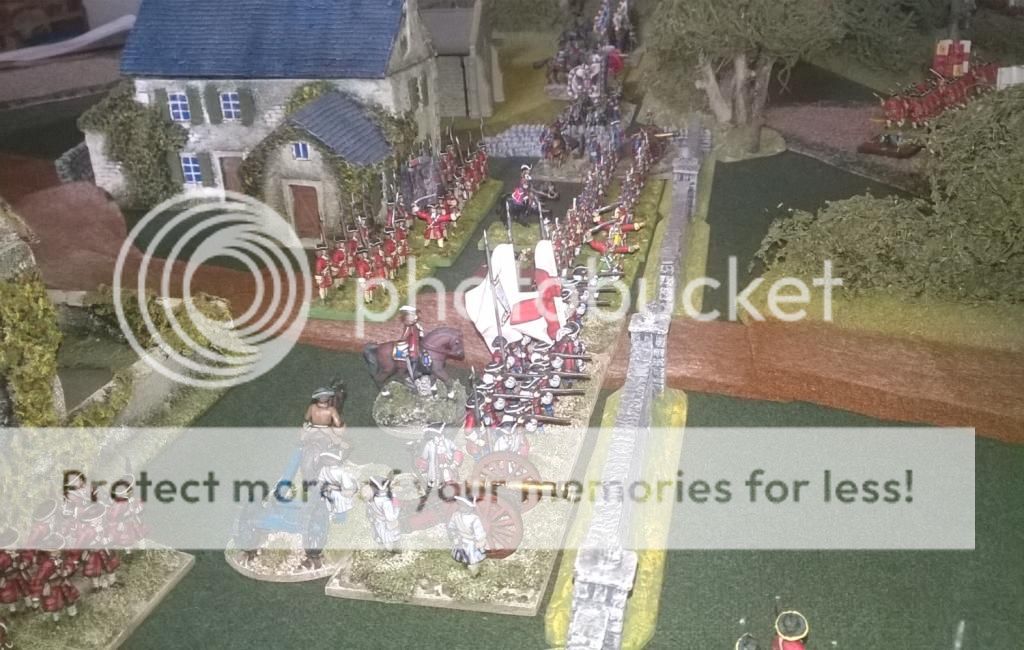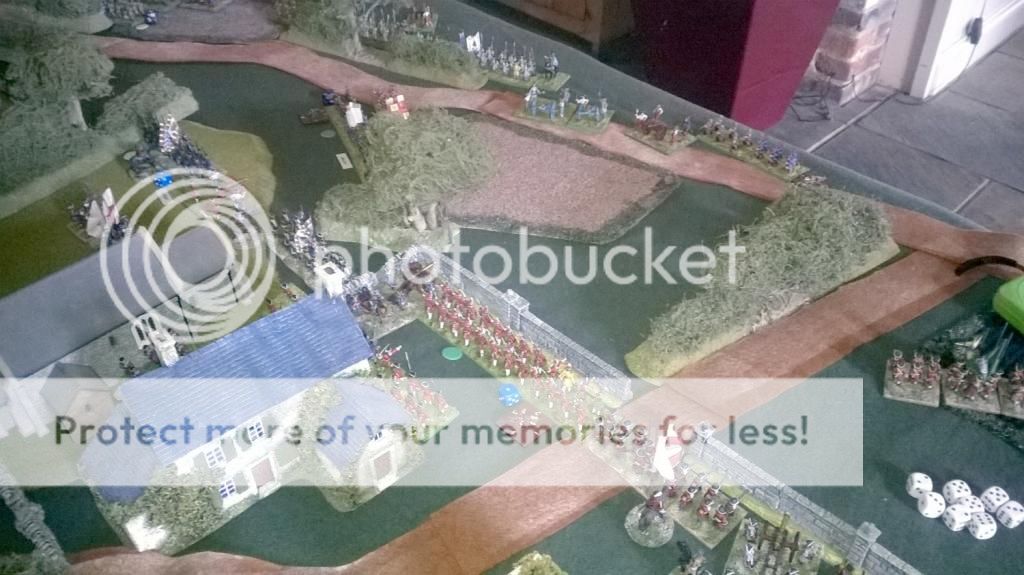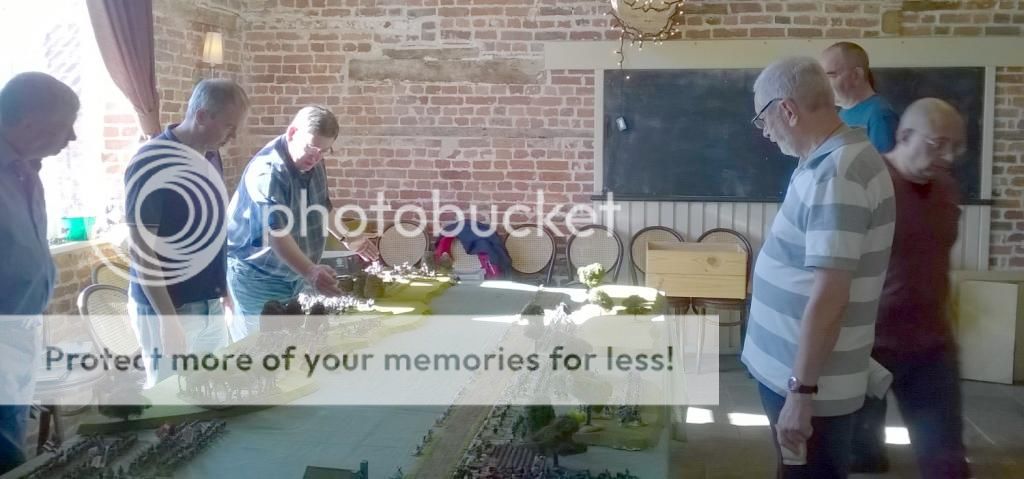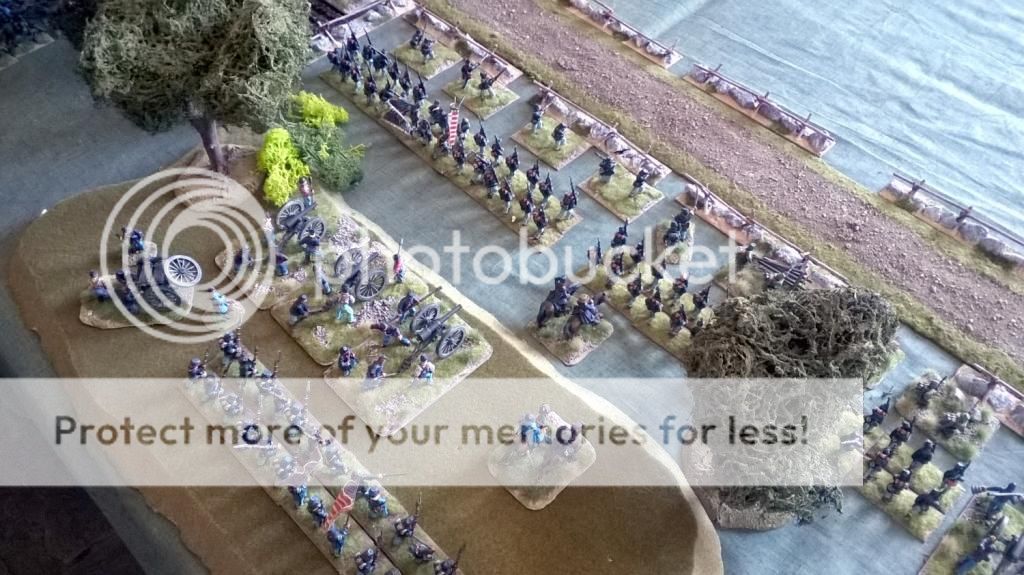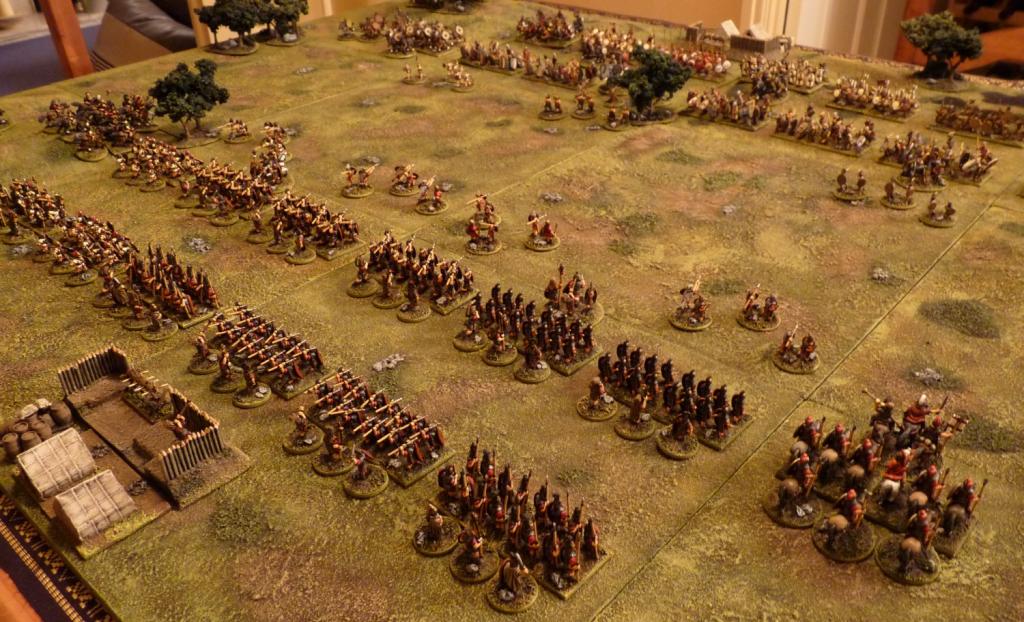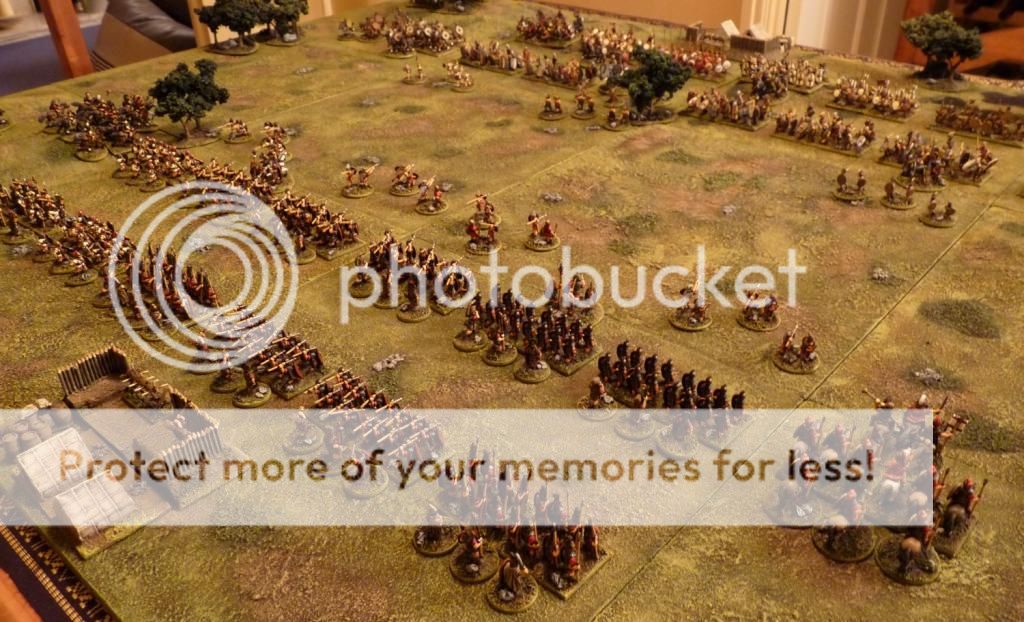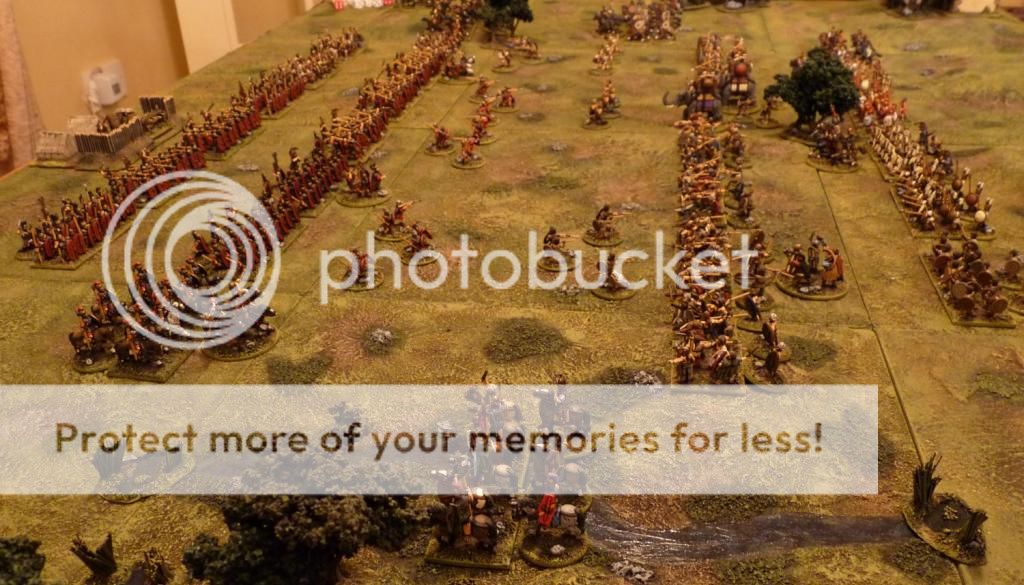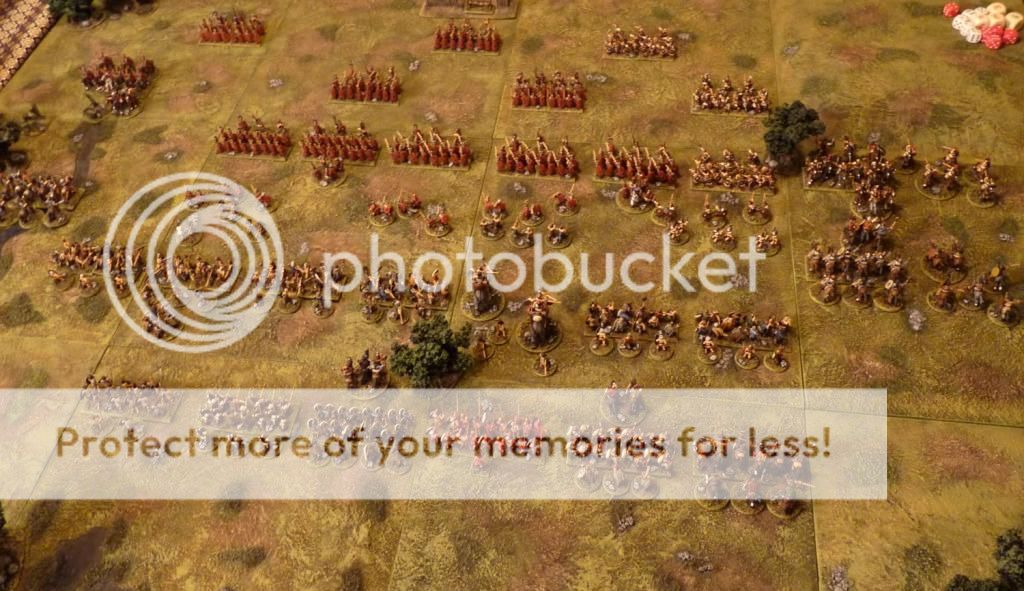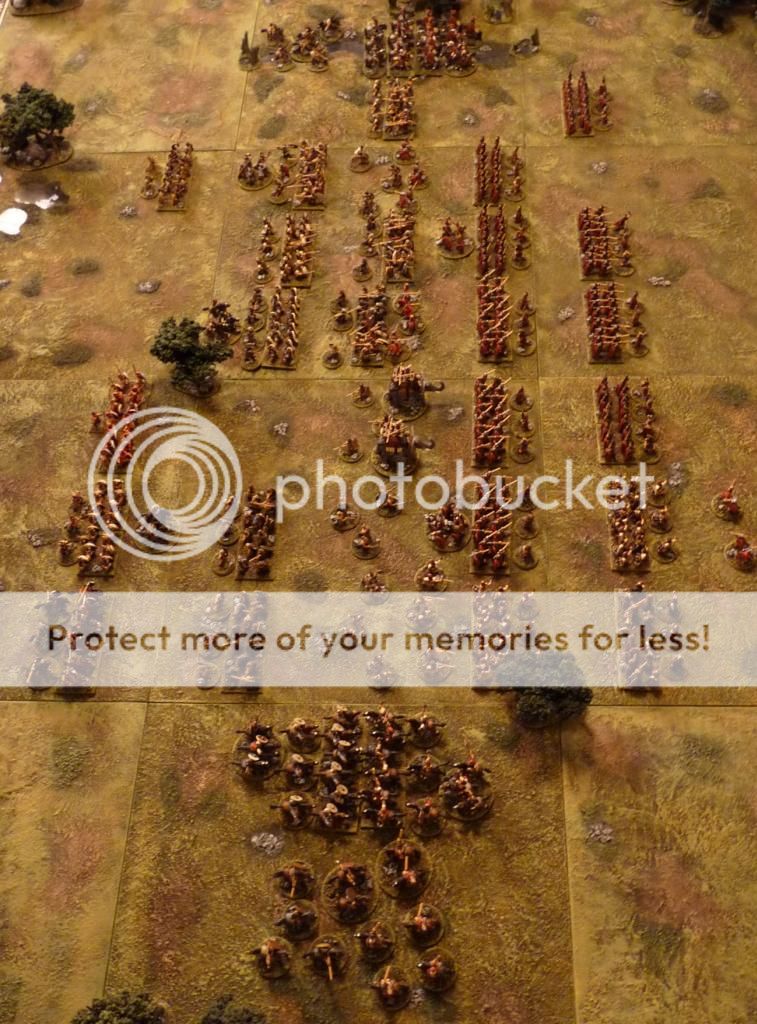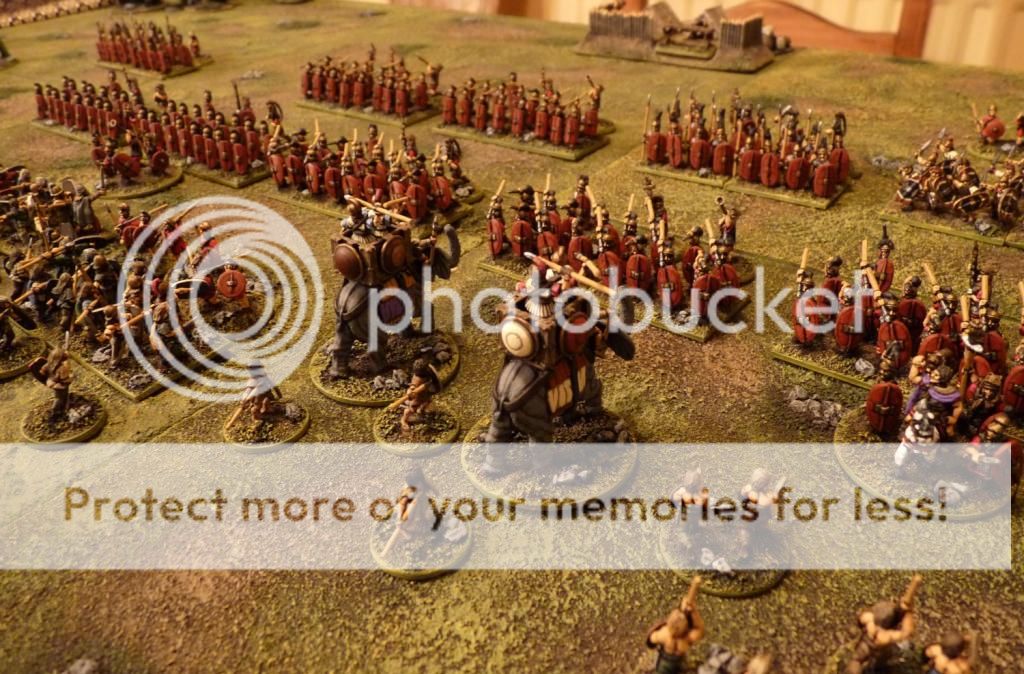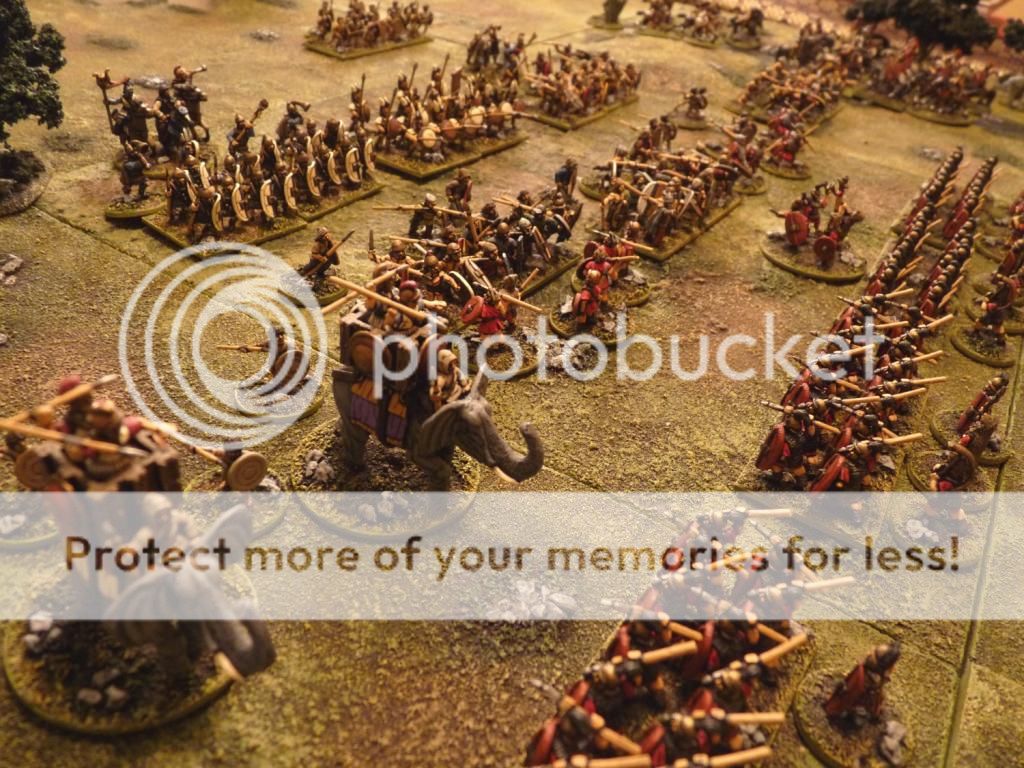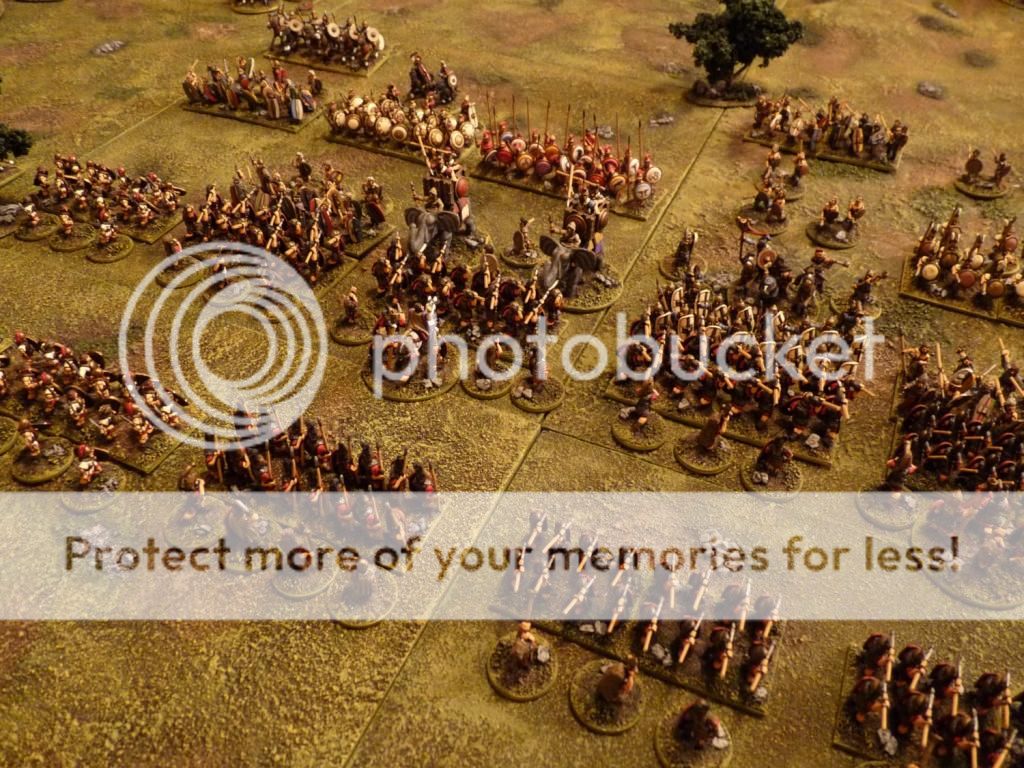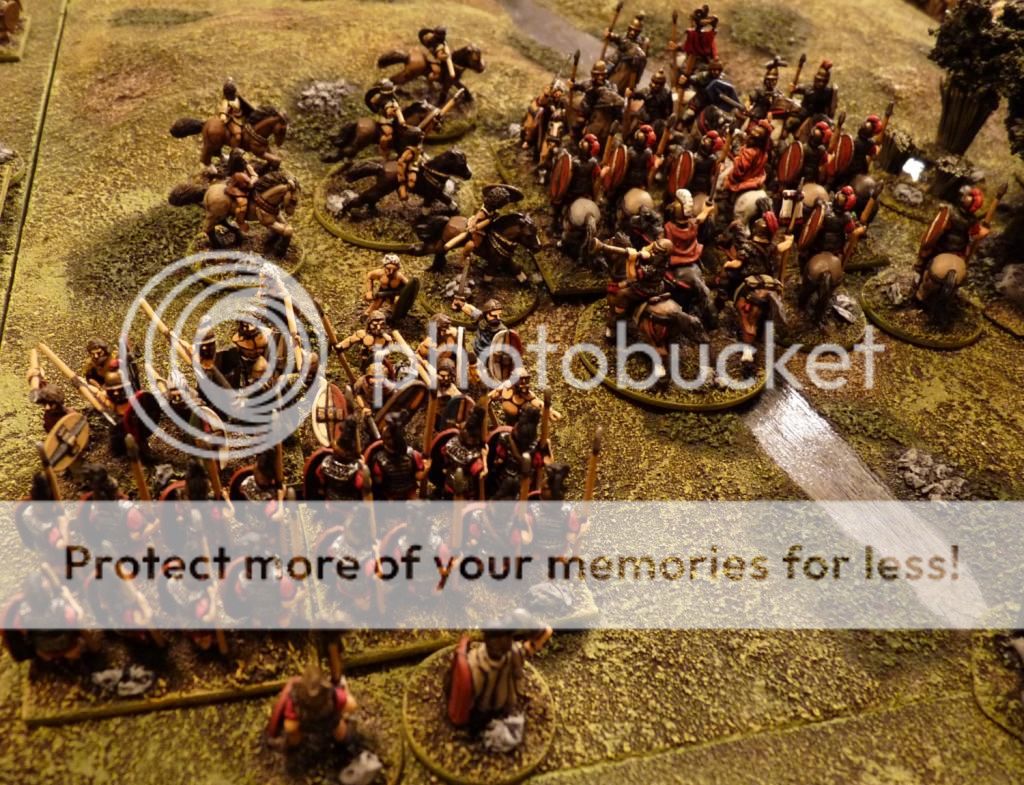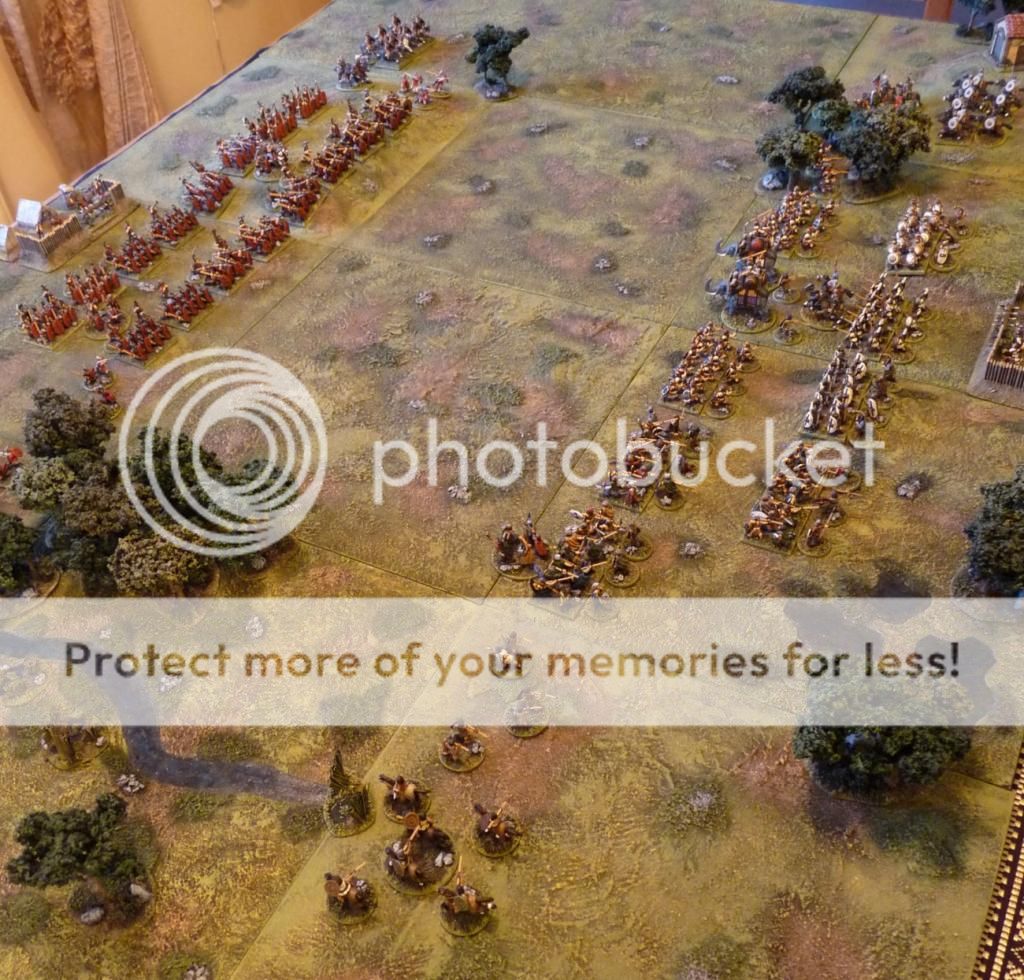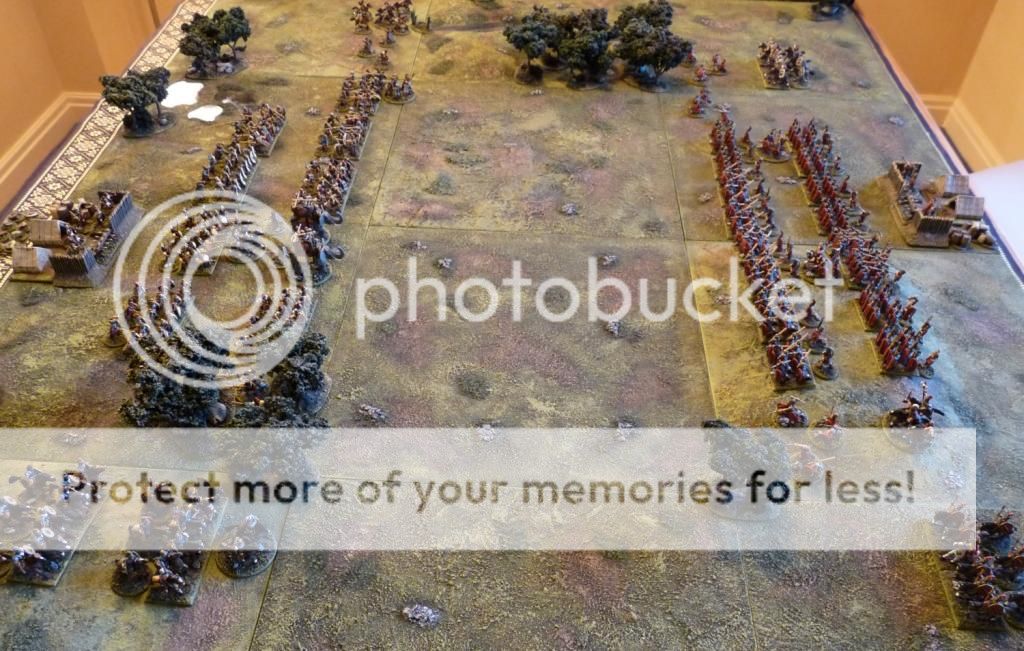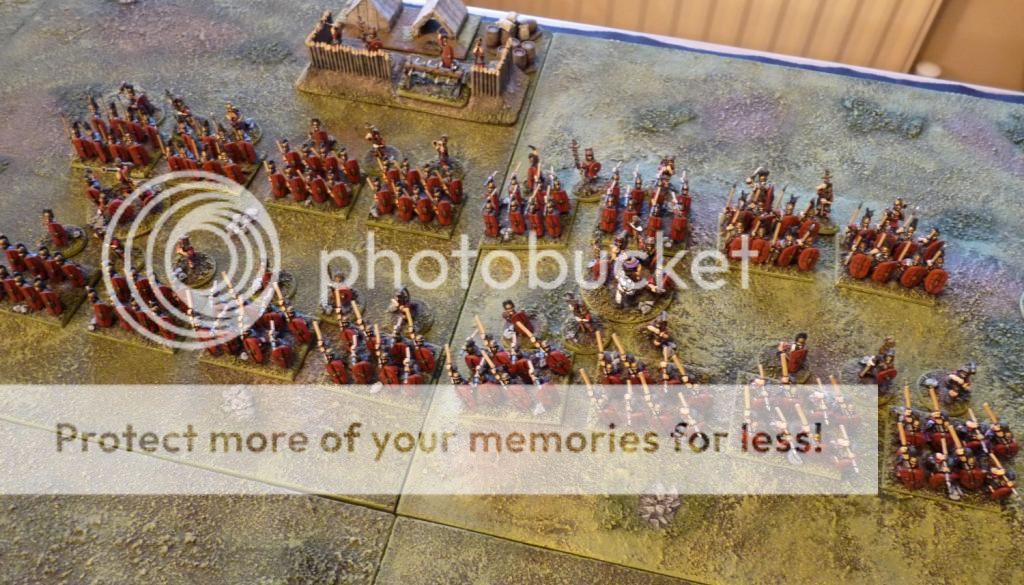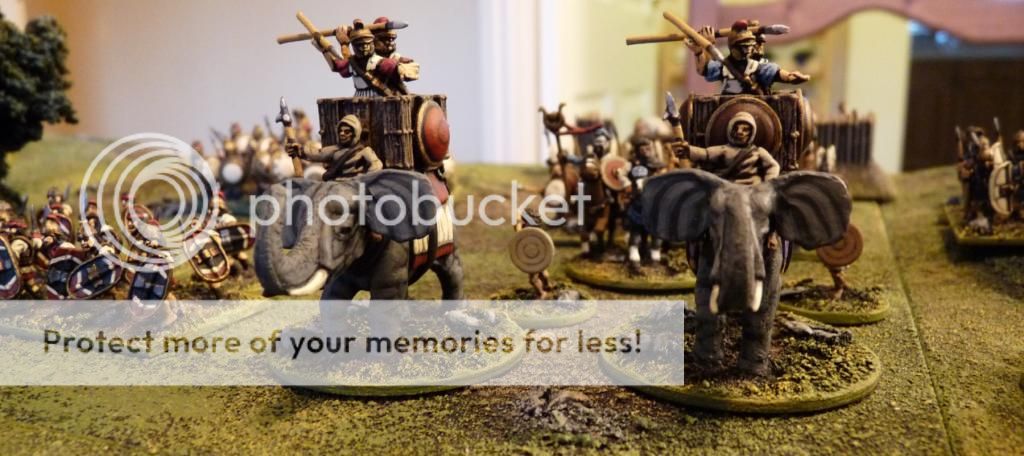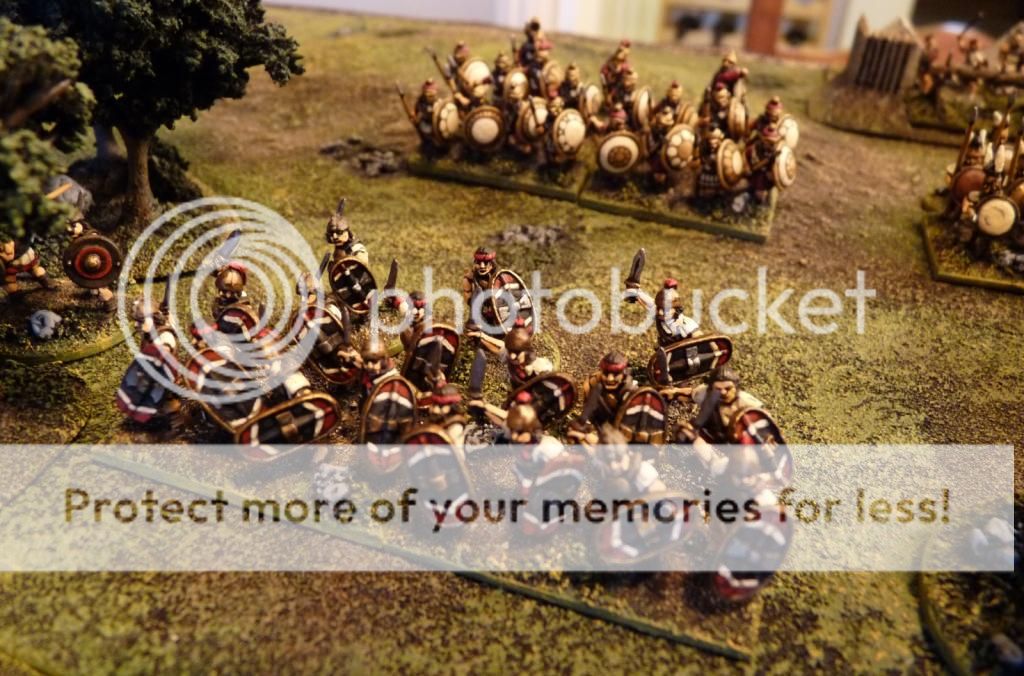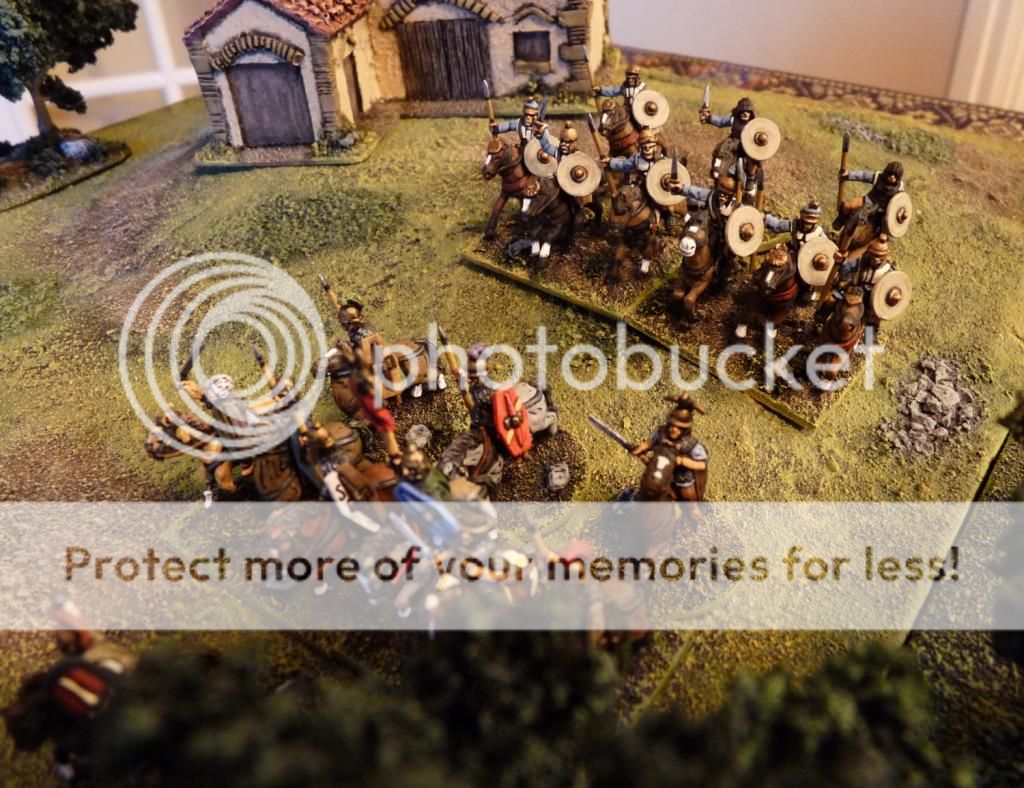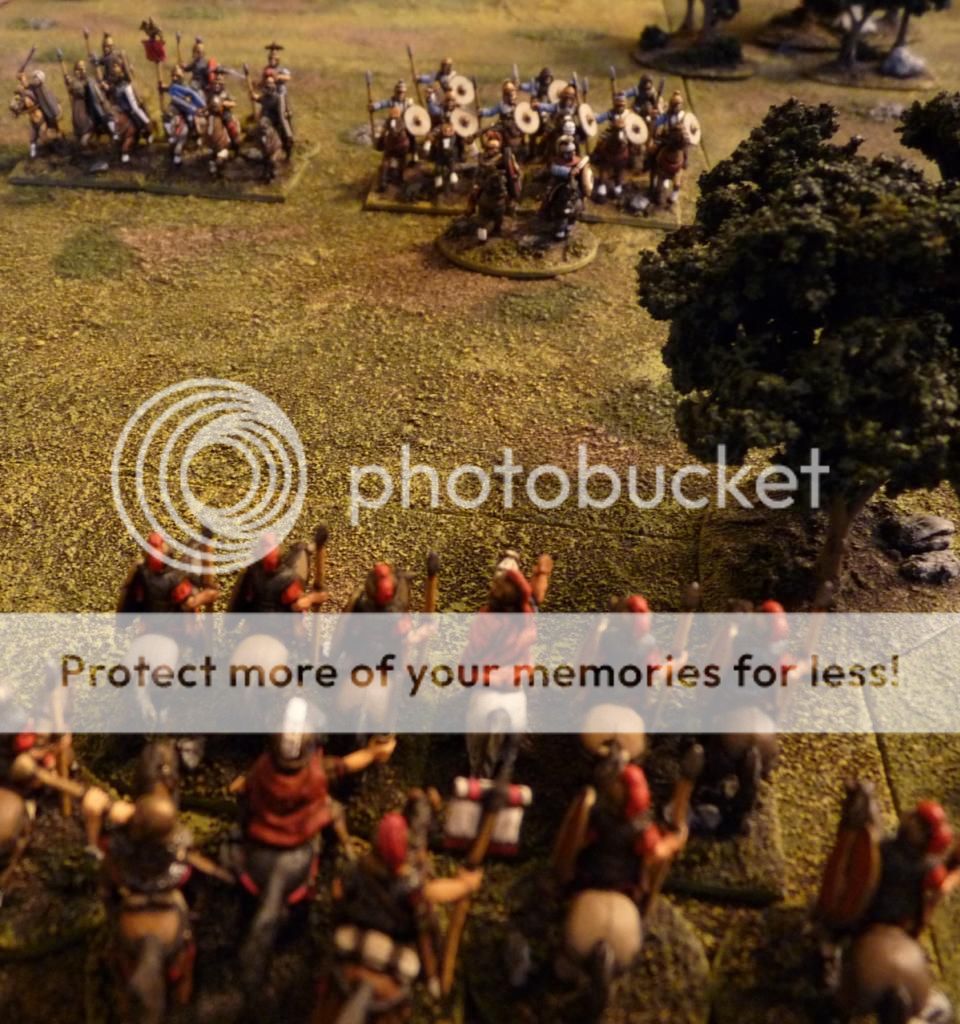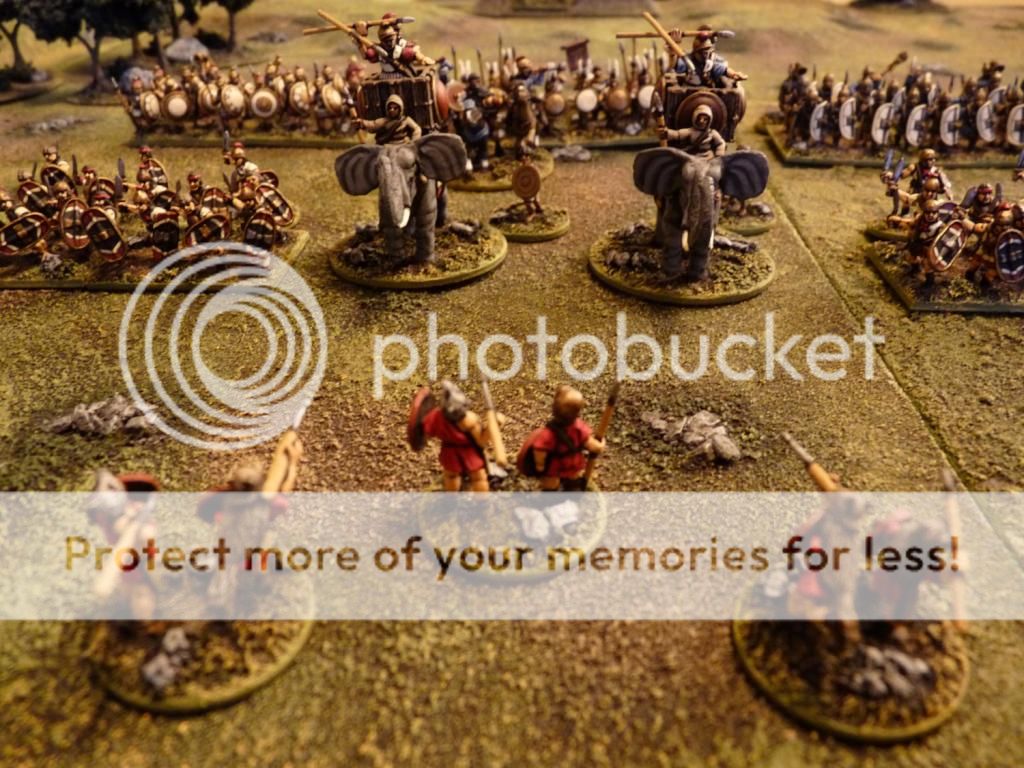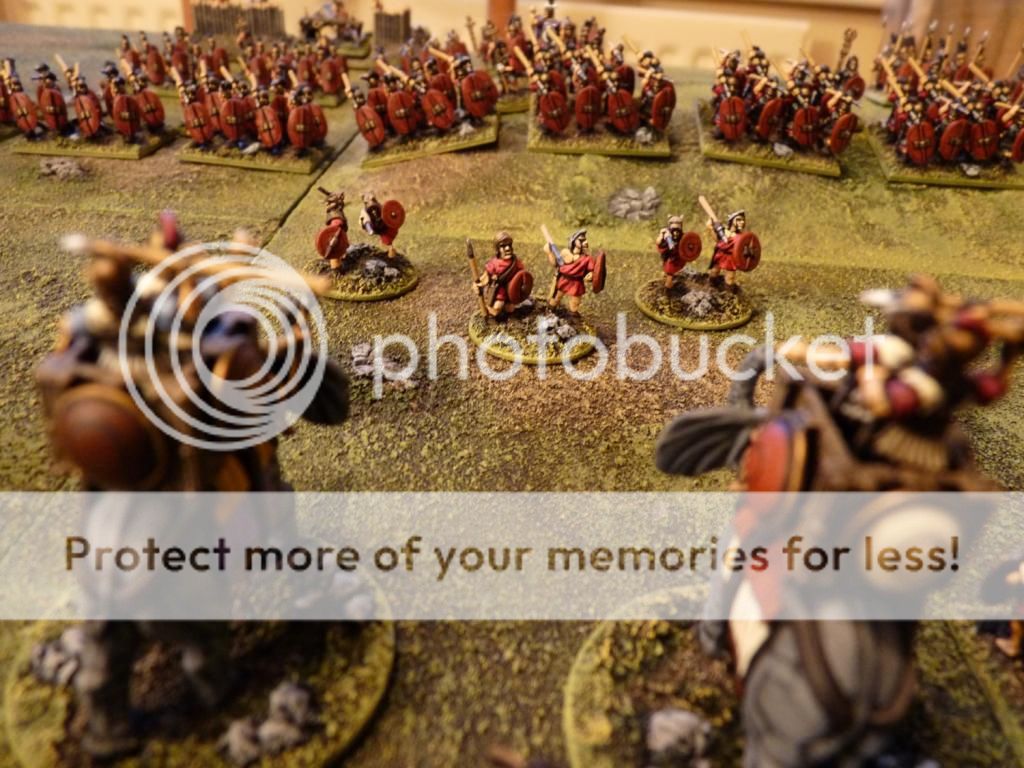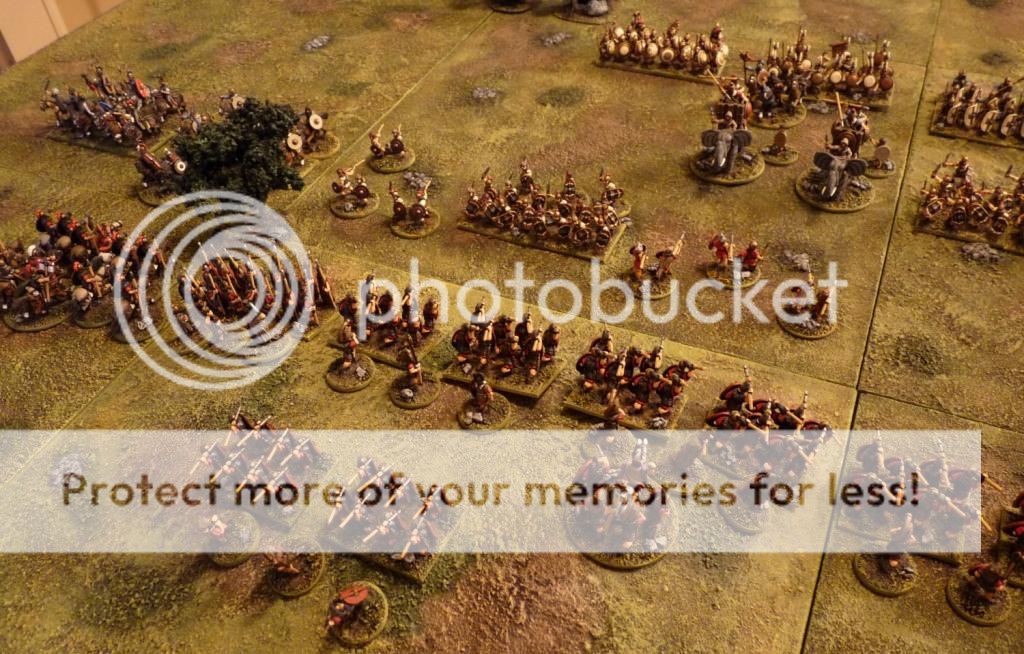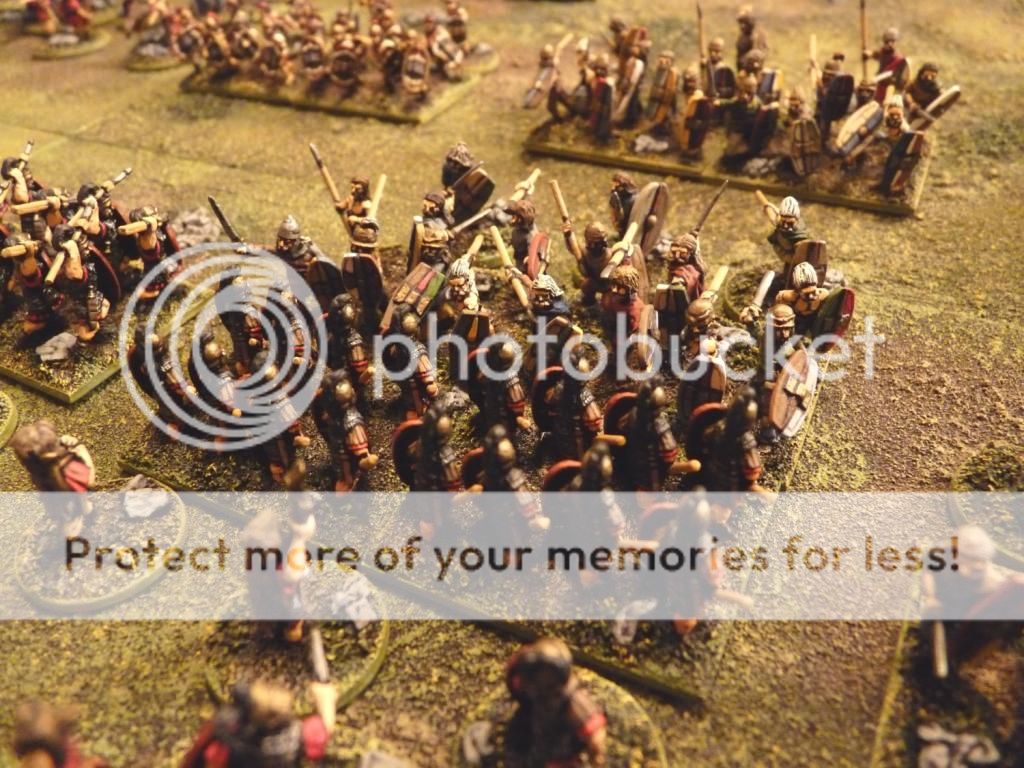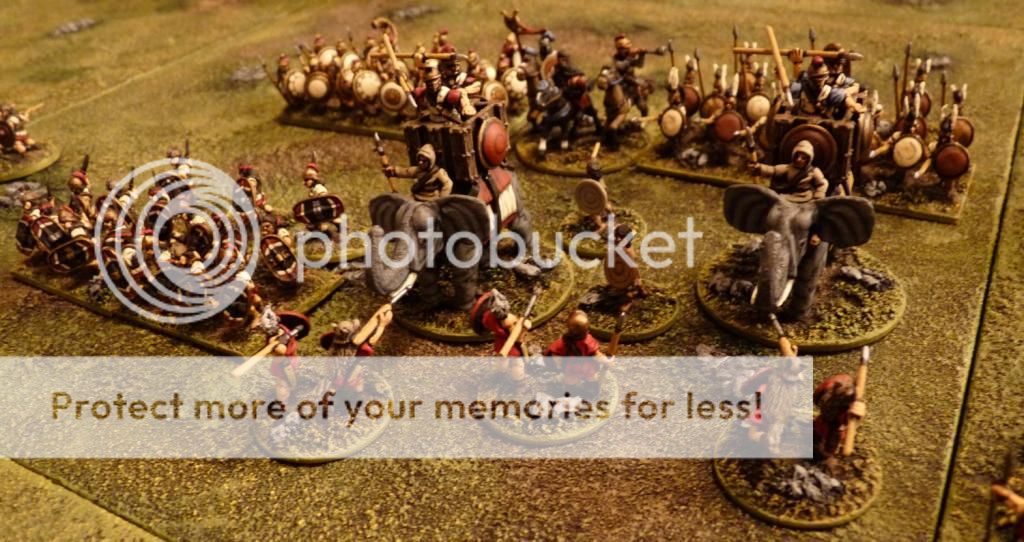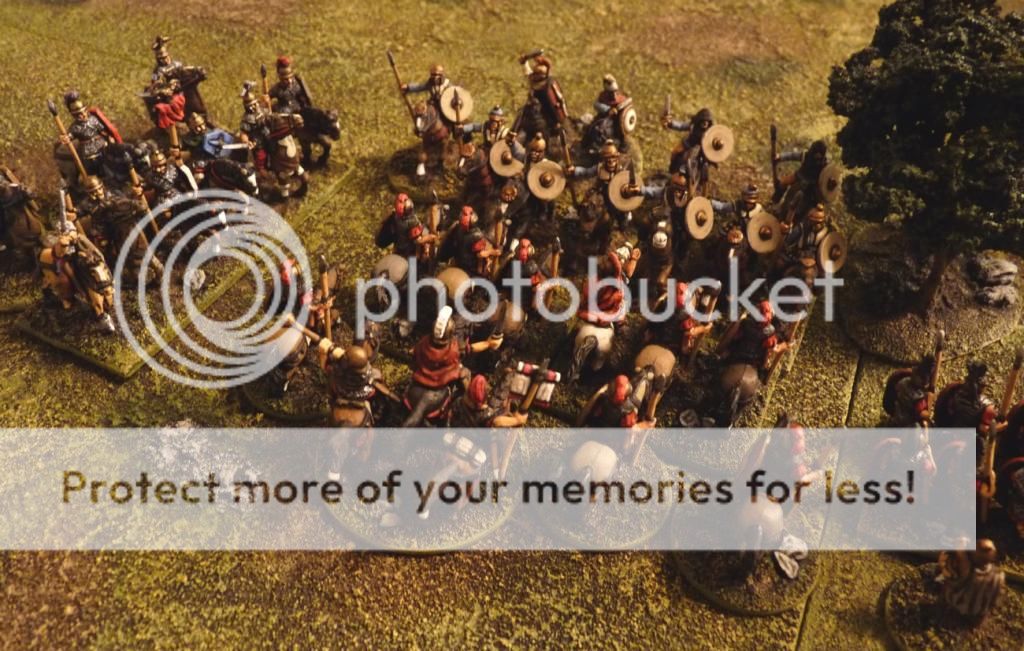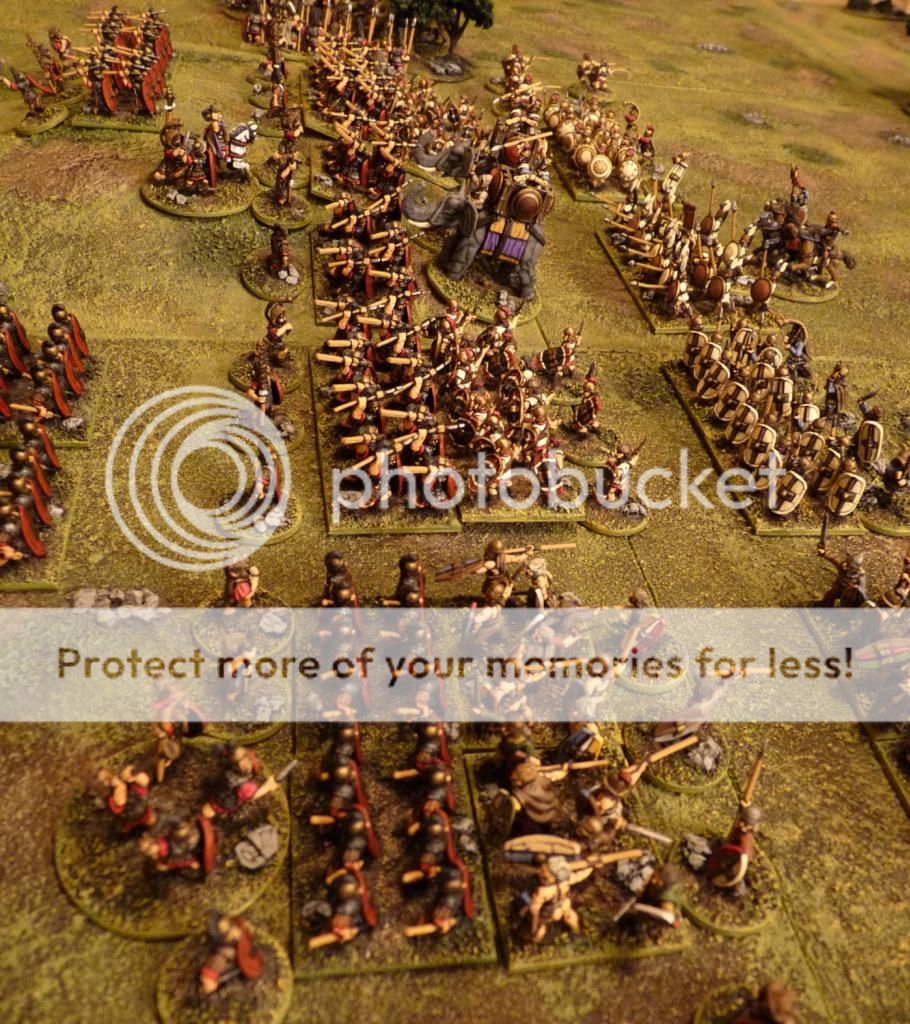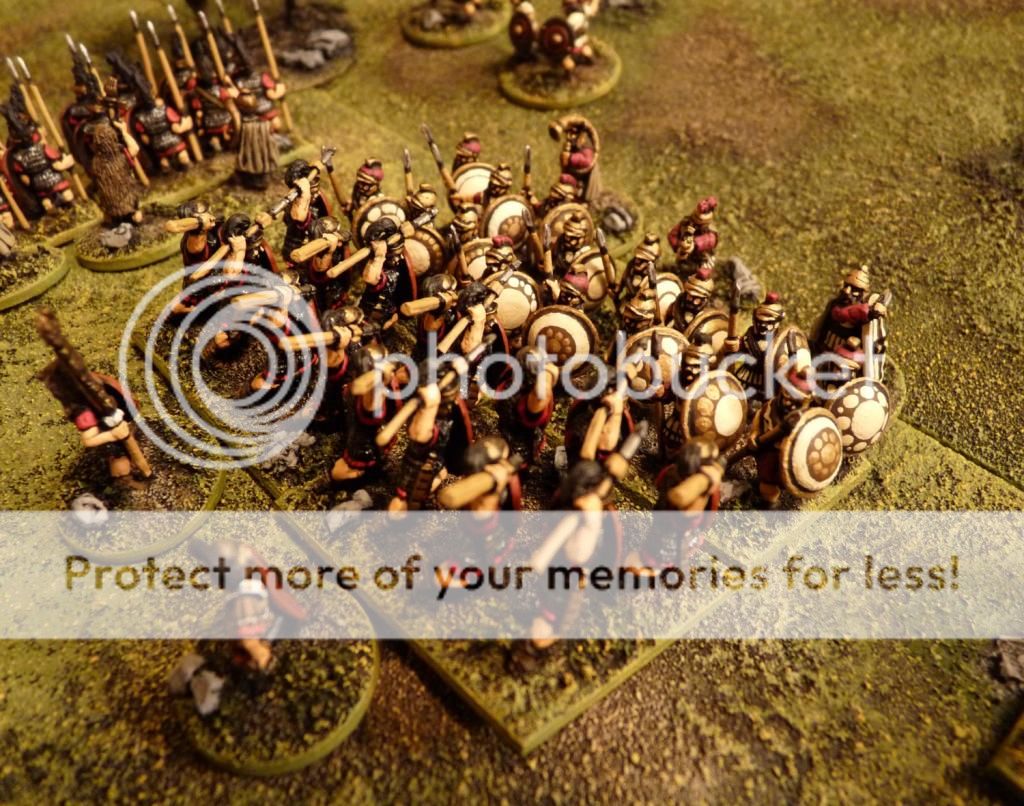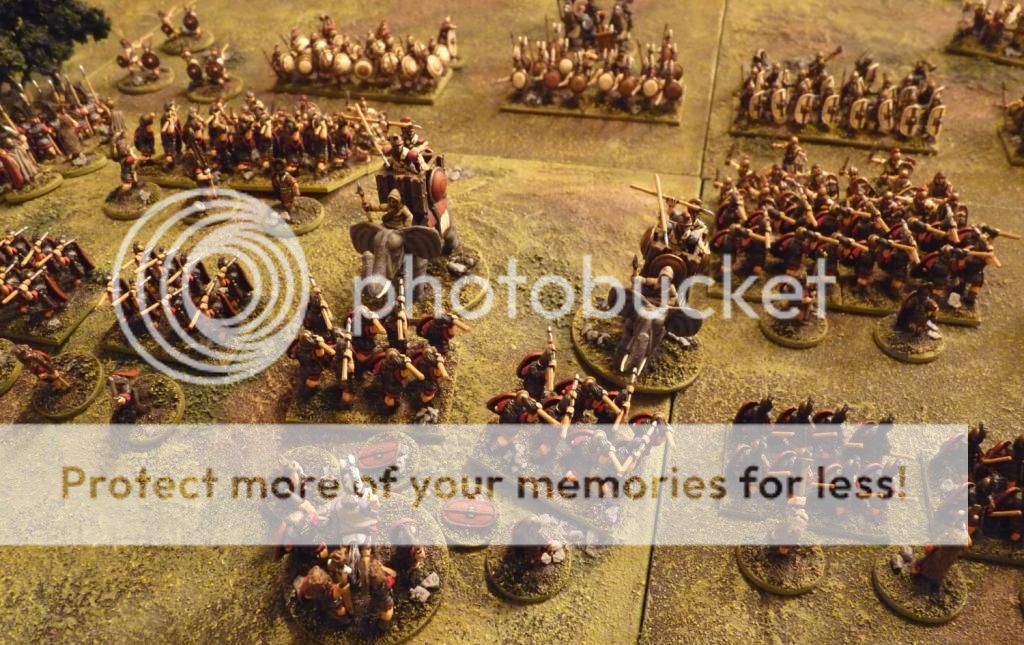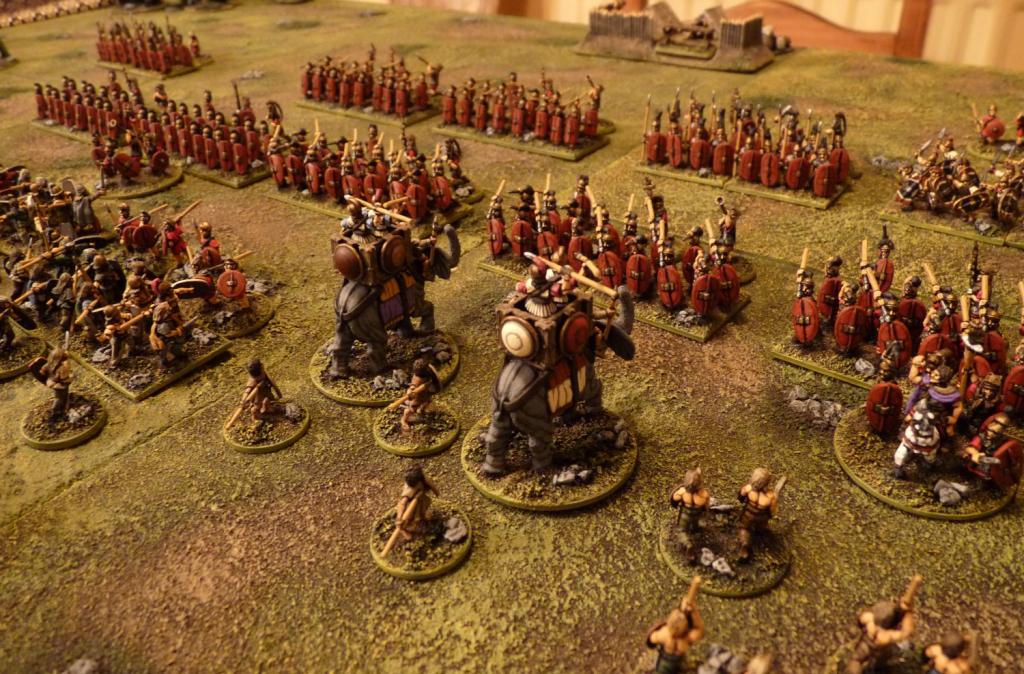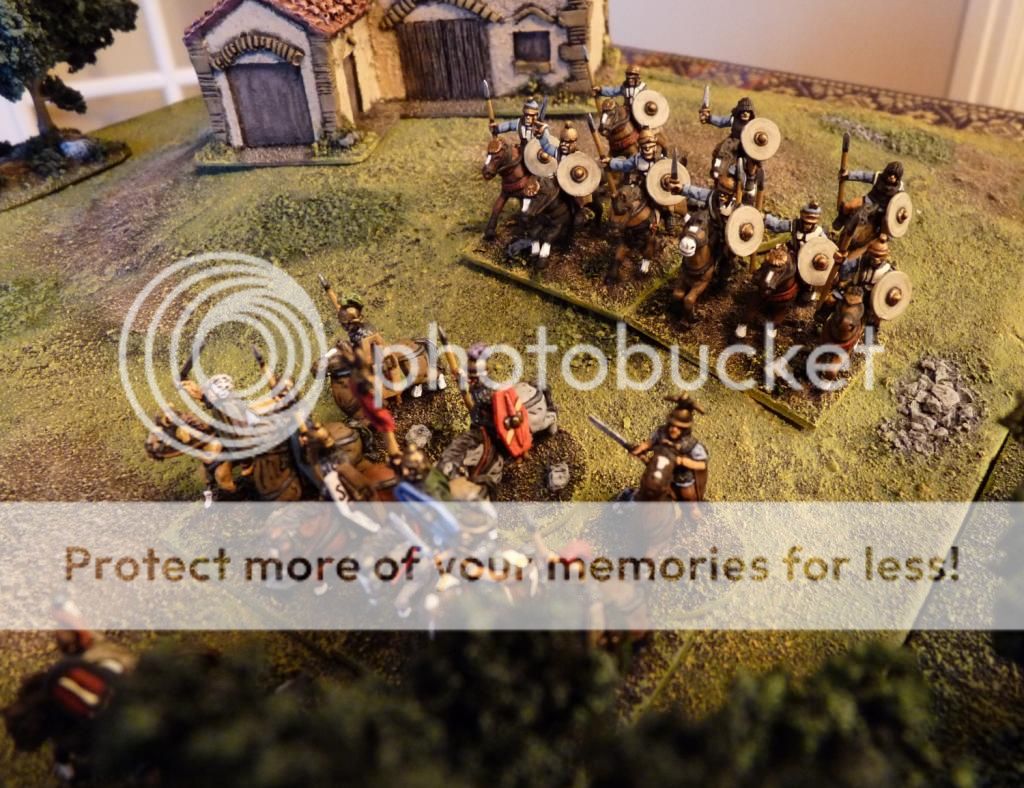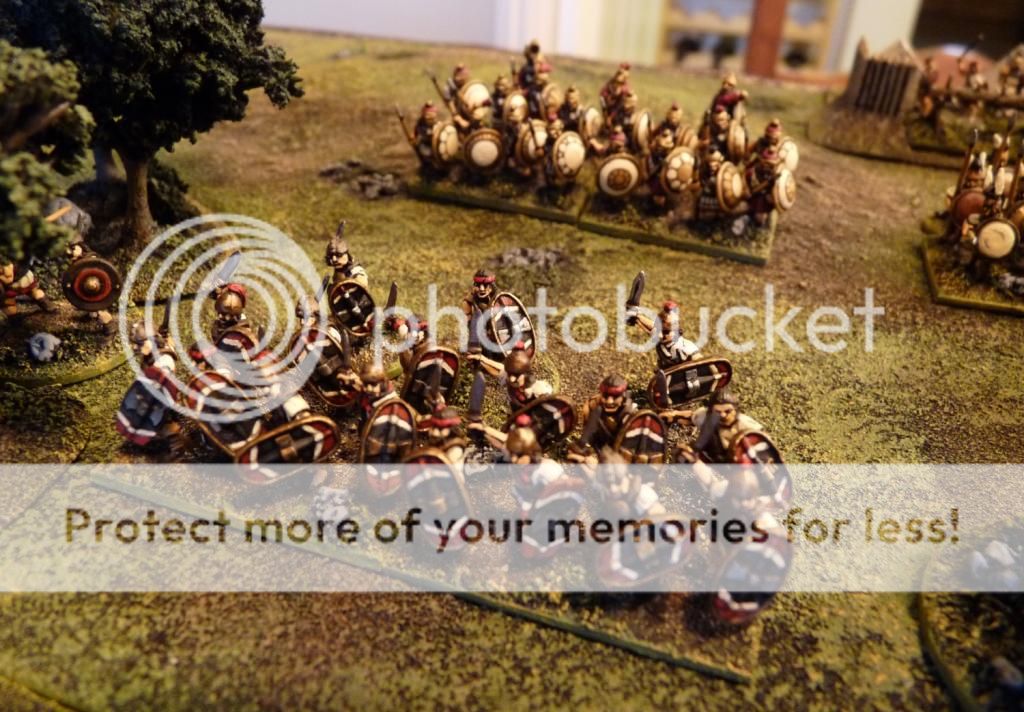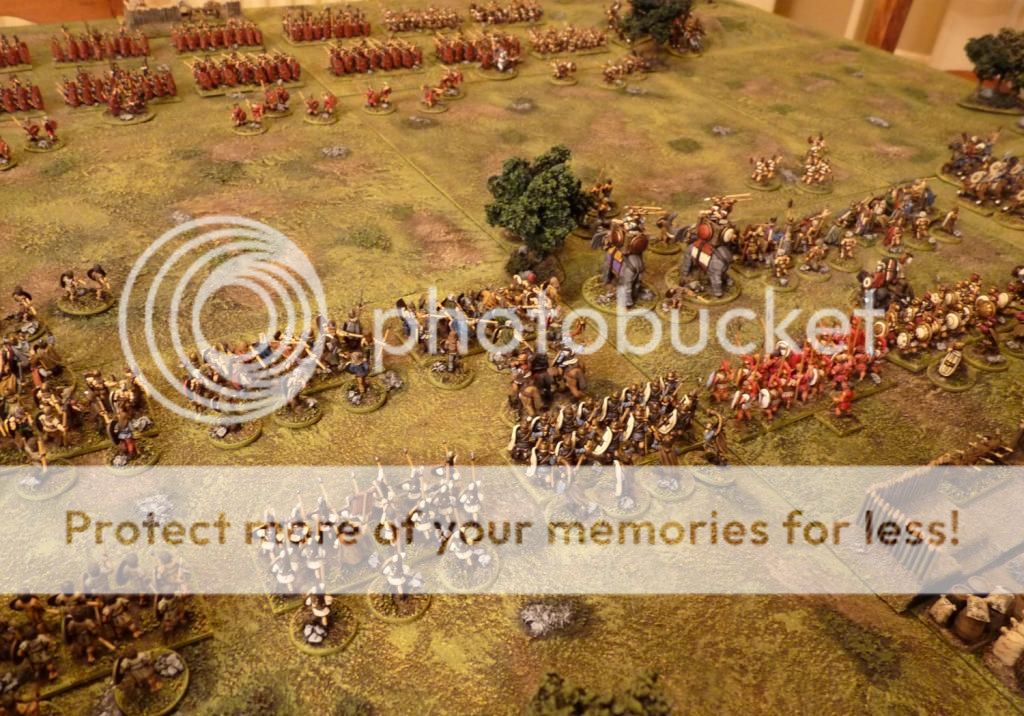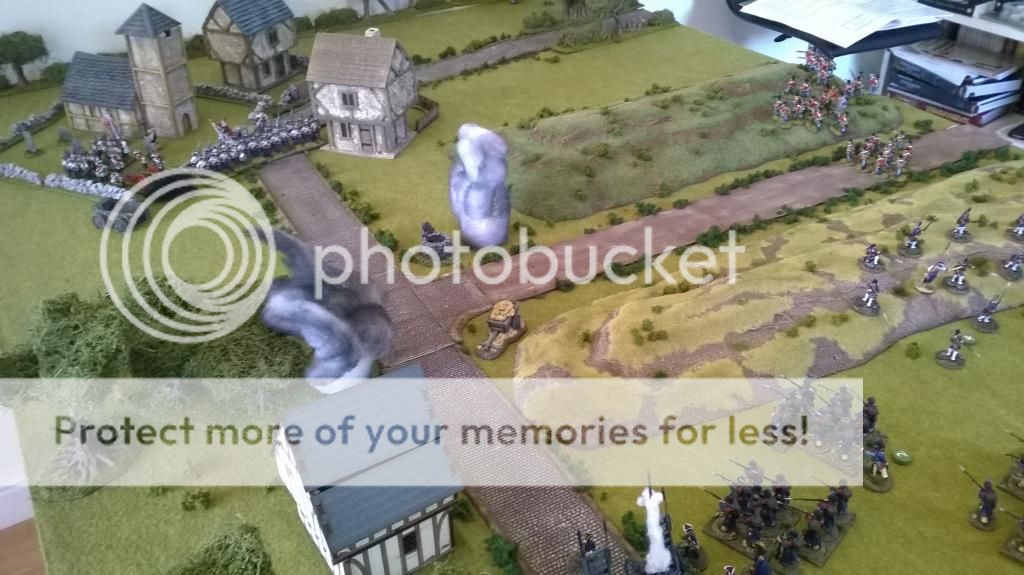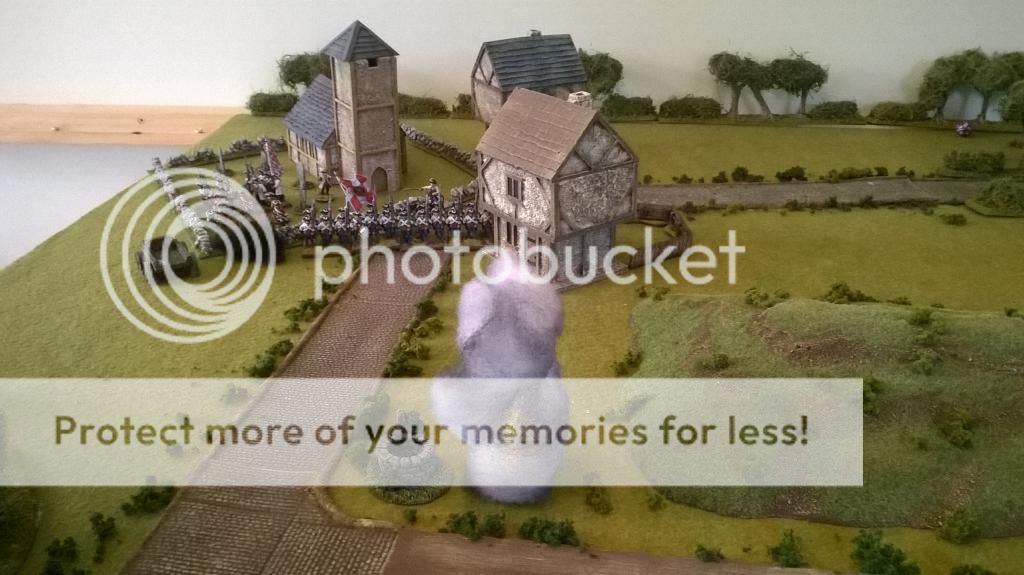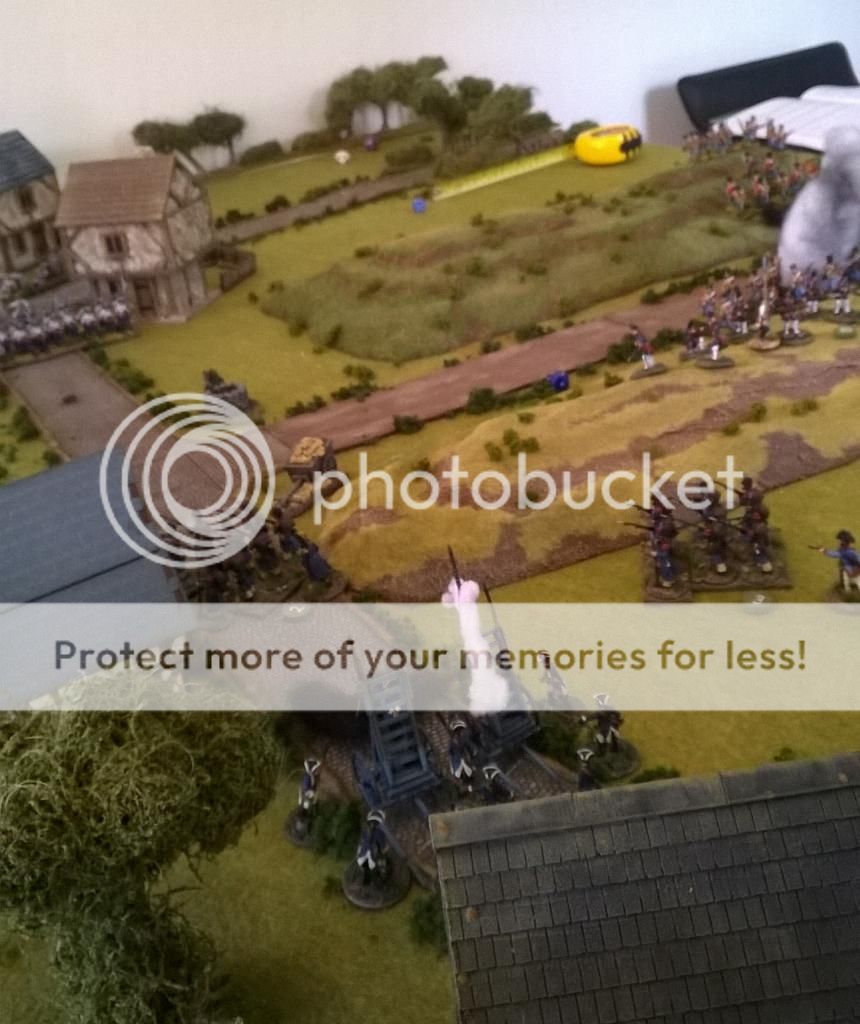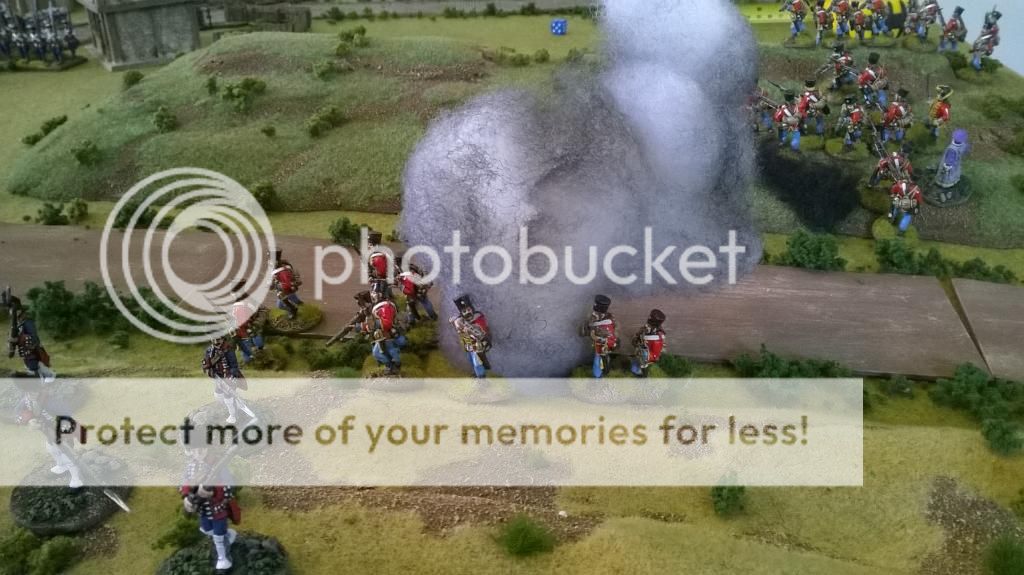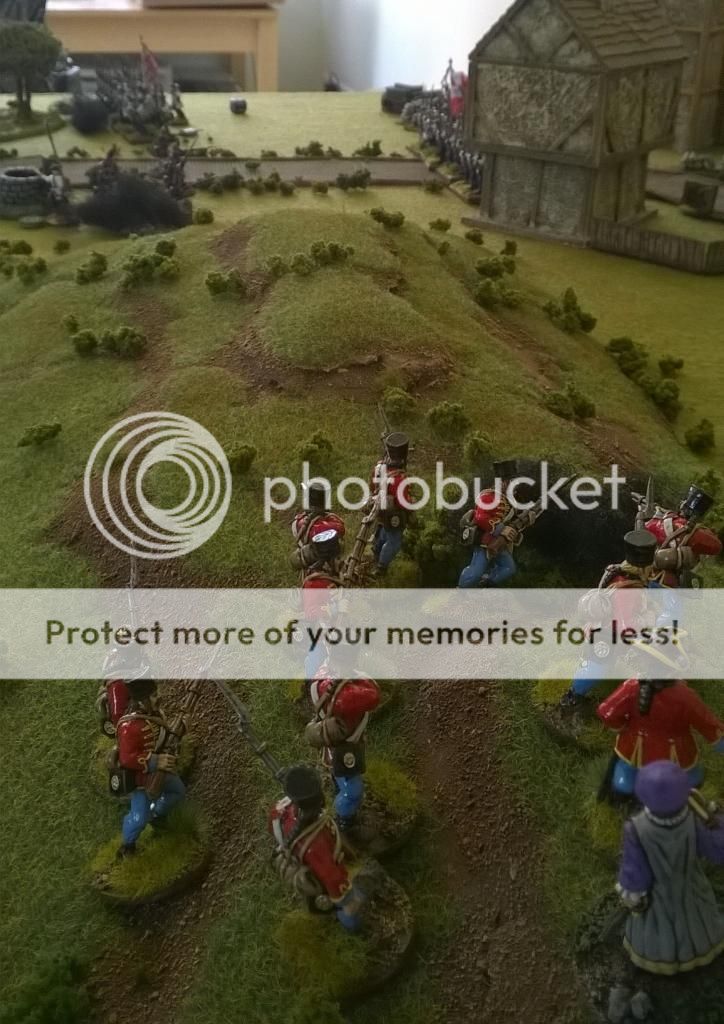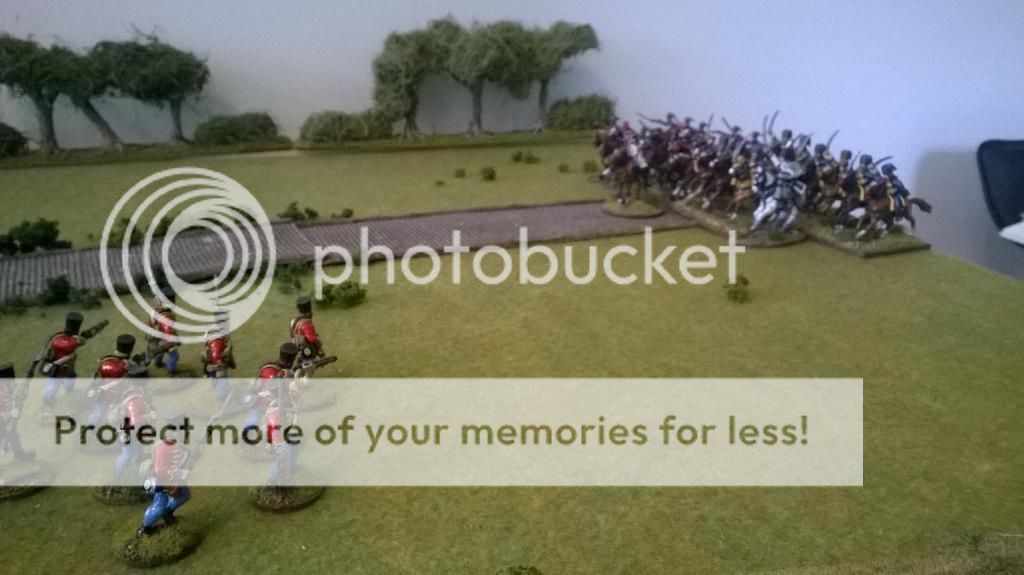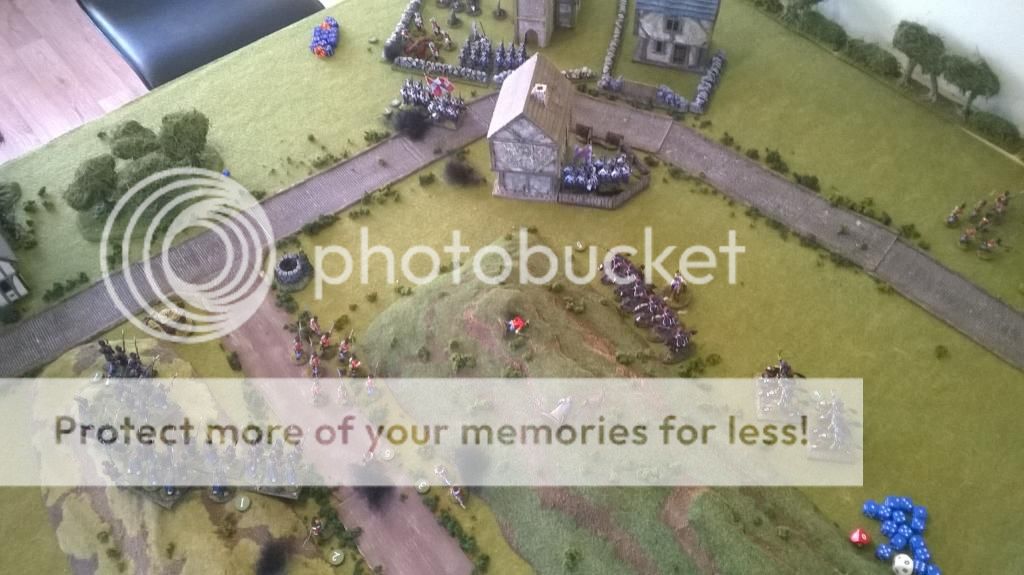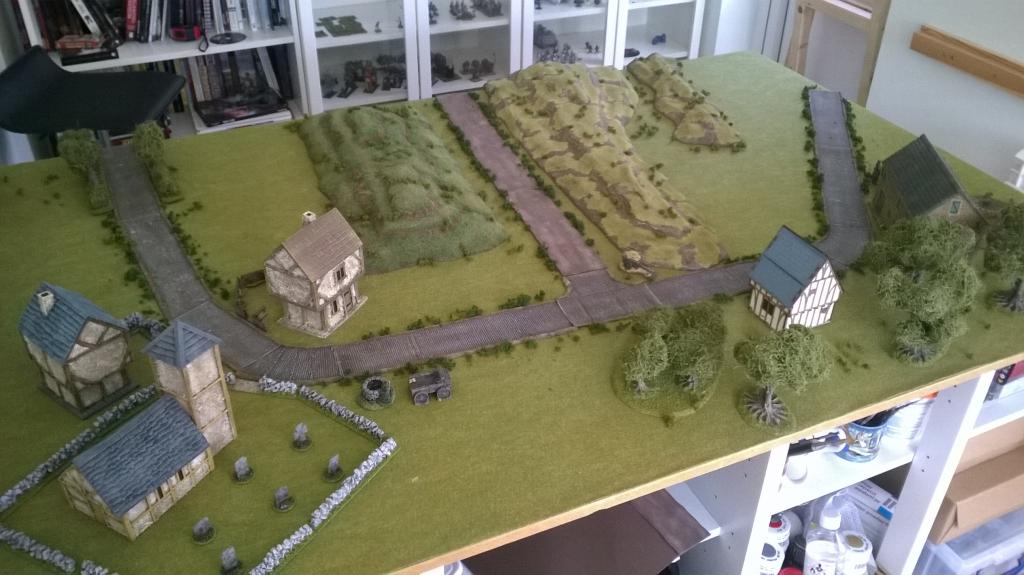On came the raiding force, by boat from the south west and with wagons from the east. The militia sentry at the bridge stumbled sleepily from his guard hut, gave a cry of alarm and was promptly cut down as the Medetians raced over the bridge.
The landing by boat to the west of the town went reasonably smoothly, with only a couple of landlubbers falling into the water. From there, the Medetians went to work raiding the town for liquid loot and dealing decisively with the piecemeal town defences.
There was some tough fighting in places, especially once the Fleurian garrison officers got embroiled, but Captain Corleone’s men were generally able to retain the initiative. Simon kept his eye on the victory conditions and made sure he always held some men out of the fighting to secure the barrels of Marc as they were discovered, and load them on the wagons (and eventually the boats too).
Some of the main highlights, events and fun bits:
- The look on Simon’s face when the previously unseen militia cannon muzzle rumbled up over the fort’s parapet to aim at his wagon train on the bridge (one Ox and one unfortunate soldier were all it hit during the game but the morale effect was far greater!).
- The early morning huntsman who happened to be in the woods when the Medetians came ashore, and who promptly shot one of them dead before leading the others a merry dance through the woods.
- The fort garrison’s ‘Keystone Cops’ impression as they attempted to embark in their boat and row swiftly to the town to aid in its defence. Officers fell in the water at both the start and end points of the journey which took about 6 turns in all (repeated movement rolls of 1″ made it the slowest crossing in the recorded history of St Evian).
- Determined (but generally ineffective) defenders behind almost every door in town, seeking to protect their own share of the collectively produced booze.
- The hapless Medetian soldier who kicked in the church doors only to take a musket ball to the chest as the enraged monks put up a spirited defence. Unfortunately for them the next man through the door was Lieutenant Zanetti who carved his way through them, and the priest, in just 2 turns of expert swordsmanship.
- The Medetian company marksman who single-handedly held off a late garrison sortie which threatened to cut the road and re-capture the wagons. In a game where shooting isn’t usually all that effective he managed to kill 3 enemies with 3 shots and survive a round of combat with a superior opponent. Both of us were pleased to see him make a heroic exit with the last wagon, to be able to return to fight another day.
- The final desperate melee involving key leaders from both sides, as Captain Corleone led a rear-guard action back down the main street towards the boats. The presence of the Medetian standard bearer probably saved the day when he granted a single die re-roll to the Captain. It came up a 6 and allowed him to win a fight that had looked likely to spell his doom.
When the dust and smoke had cleared, the Medetians had managed to make off with 28 points worth of the Marc de St Evian. With 25 points required for a win, Simon had succeed in his mission – and still had half his men left. A good result! It had been close though, one smashed wagon wheel would have been enough, but the dozy militia gunners missed too many shots at the departing wagons to stop one of them.

